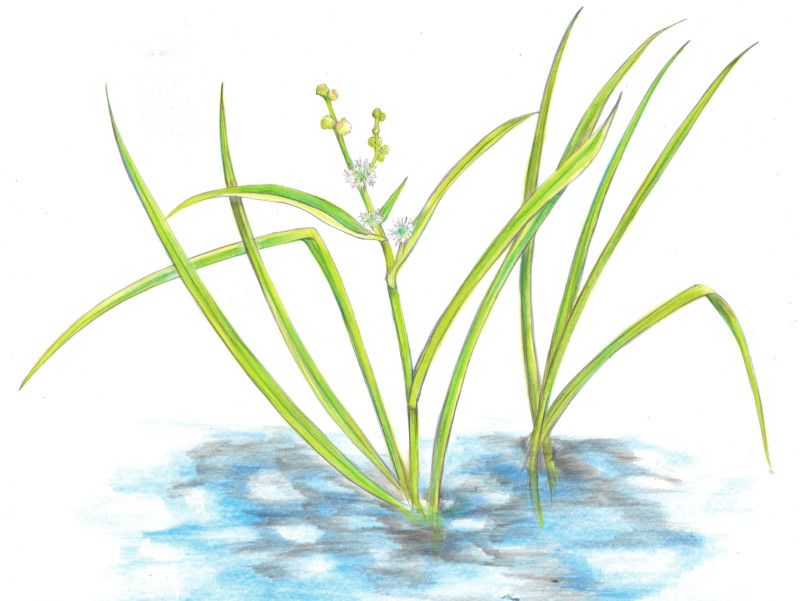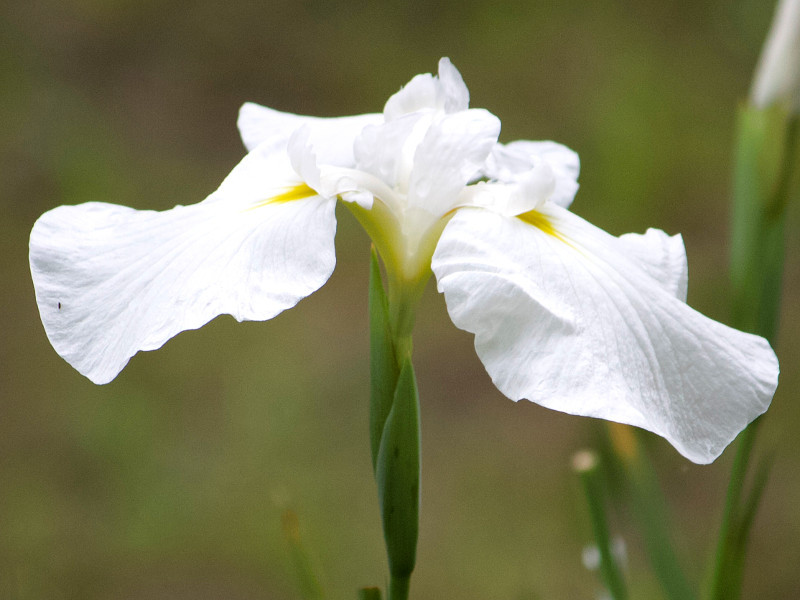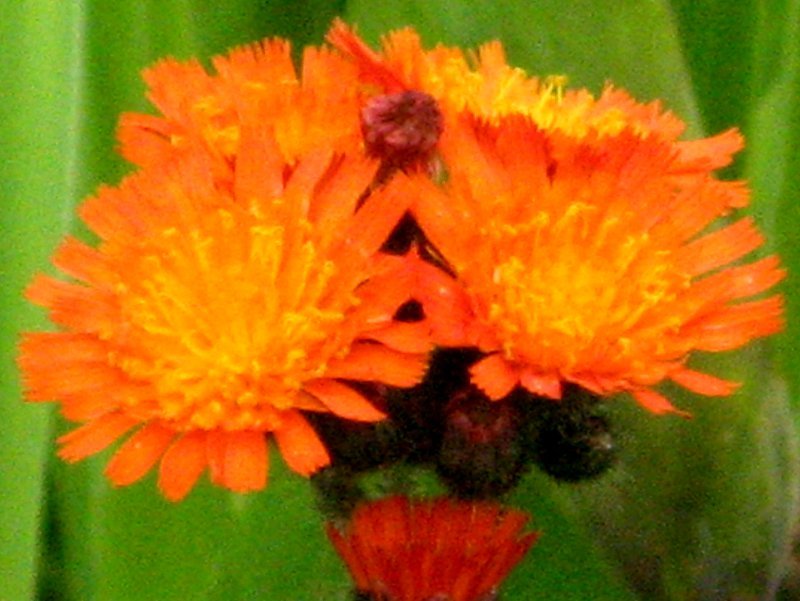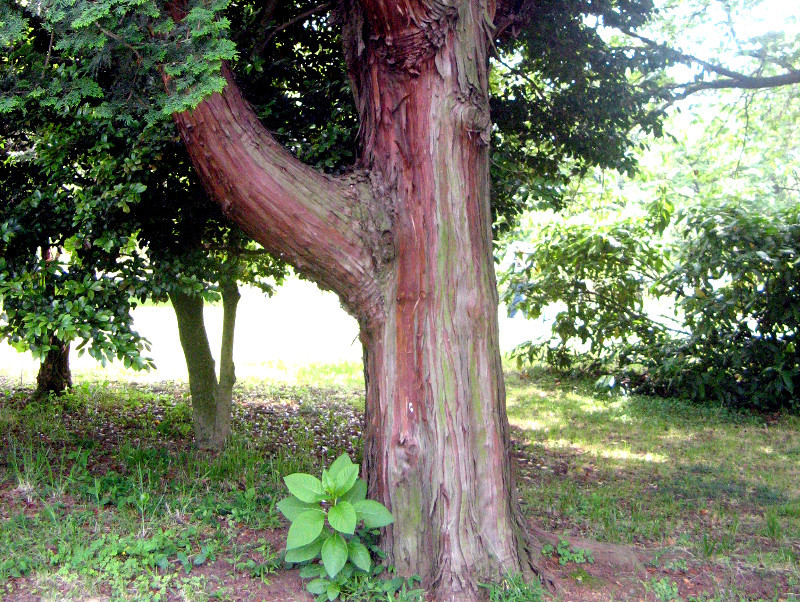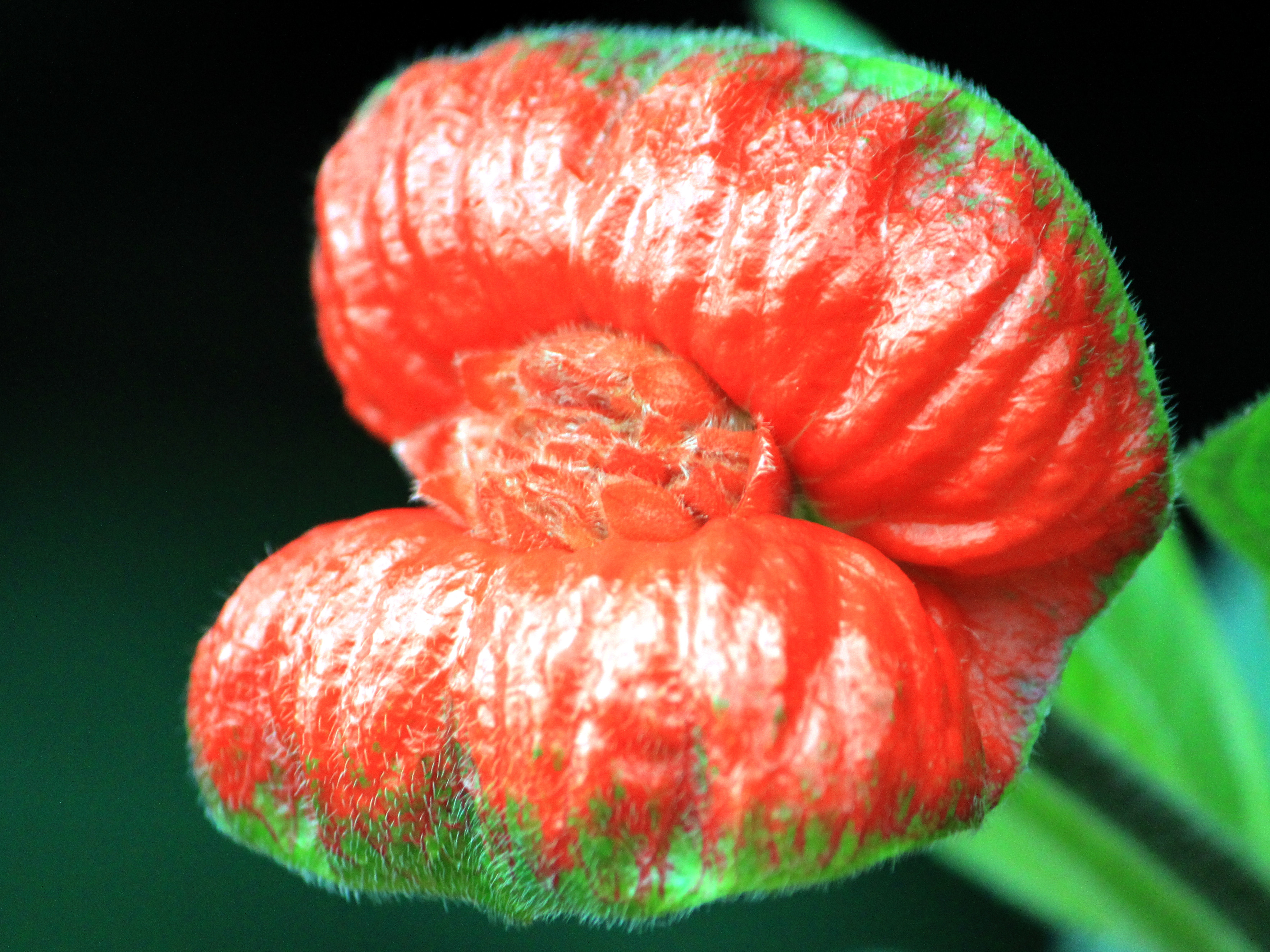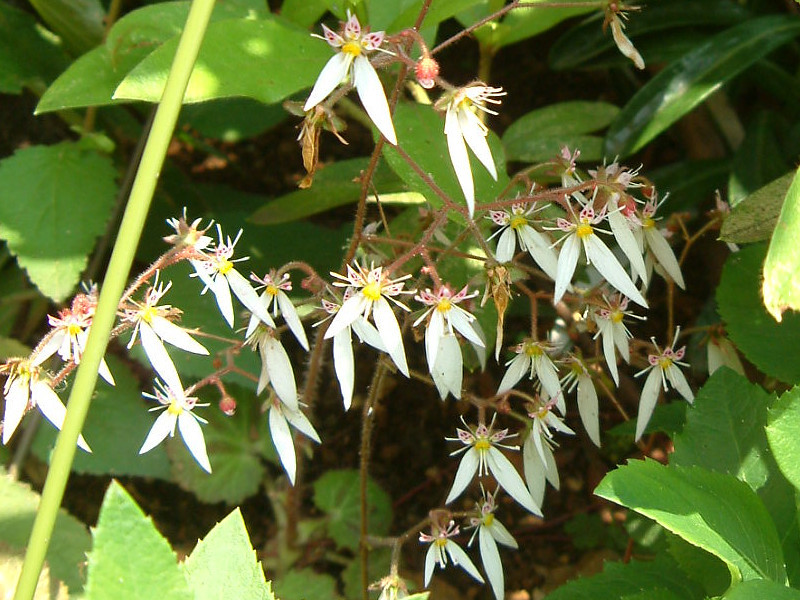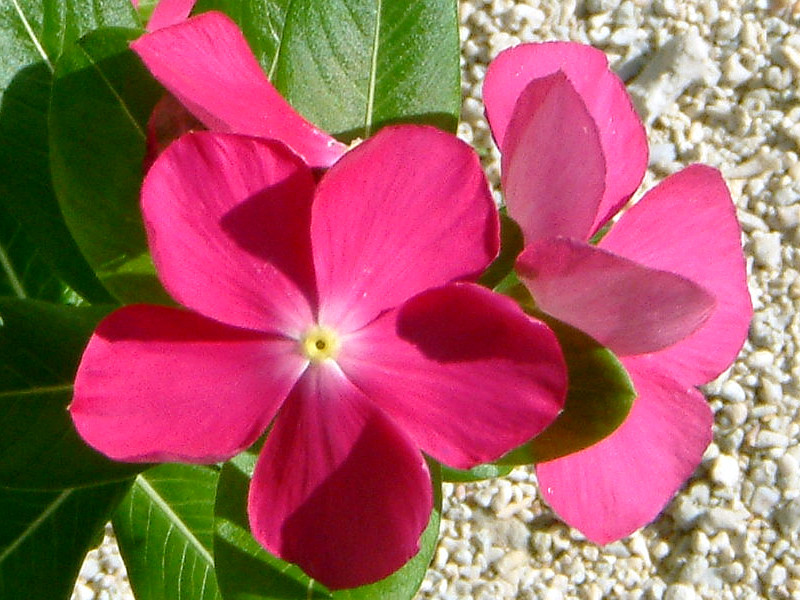Bur reed
- Flower nameBur reed
- Scientific nameSparganium erectum
- Alias実栗, mikuri, ヤガラ, 三稜草
- Place of originthe northern hemisphere and Australia, including Japan and other Asian countries
- Place of floweringRiver, pond, Rice paddies
- Flowering seasonJune, July, August
What is Bur reed
Bur reed or mikuri (scientific name: Sparganium erectum) is an extractive (leaves and stems above water) perennial herb of the genus Sparganium, native to the northern hemisphere and Australia, including Japan and other Asian countries. In Japan, it grows naturally in rivers, ponds, marshes, agricultural canals, and other shallow water areas from Hokkaido to Kyushu, but it is now considered an endangered species. It is an endangered species. It has roots at the bottom of the water and crawls along the bottom, branching out to form new plants, which produce a portion of their leaves and stems above the water. The grass is 70 to 200 cm tall. The stems are erect and hairless. The interior of the stem is spongy. The leaves are long and linear, about 1 cm wide. From June to August, a flower stalk emerges from the leaf axils and a capitulum grows out from the tip, producing yellow male flowers with numerous stamens at the top and white female flowers at the bottom. Female flowers bloom first, followed by numerous male flowers. Underneath each female flower is a long, leaf-like bract. After the female flowers finish blooming, a mussel-shaped green fruit with a diameter of 2 to 3 cm forms and ripens to a yellowish brown color in early autumn. The above-ground parts then die. It is used as an ornamental aquatic plant and to make "jingsanryo," a Chinese herbal medicine (to relieve abdominal pain).
Common name: Bur reed or Mikuri( Japanese name), scientific name: Sparganium erectum, place of origin: Japan and other Asian countries in the northern hemisphere and Australia, Distribution: Hokkaido - Kyushu, Environmental conditions: Shallow water areas such as rivers, ponds, and agricultural canals, Life form: Perennial, Height: 70 - 200 cm, Leaf shape: long, linear, Leaf width: 1 cm, Stem: erect, hairless, internally spongy, Dioecious, dioecious, Flowering Season: June-August, Inflorescence form: cephalic (both male and female), Flower color: white (female flowers), light yellow (male flowers), Fruit diameter: 2-3 cm, Fruit color: green to yellowish brown, Use: ornamental water plant, "Jingshanryo" in Chinese medicine (relieves stomach pain) Note: endangered species.
